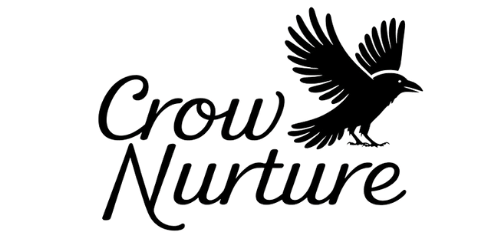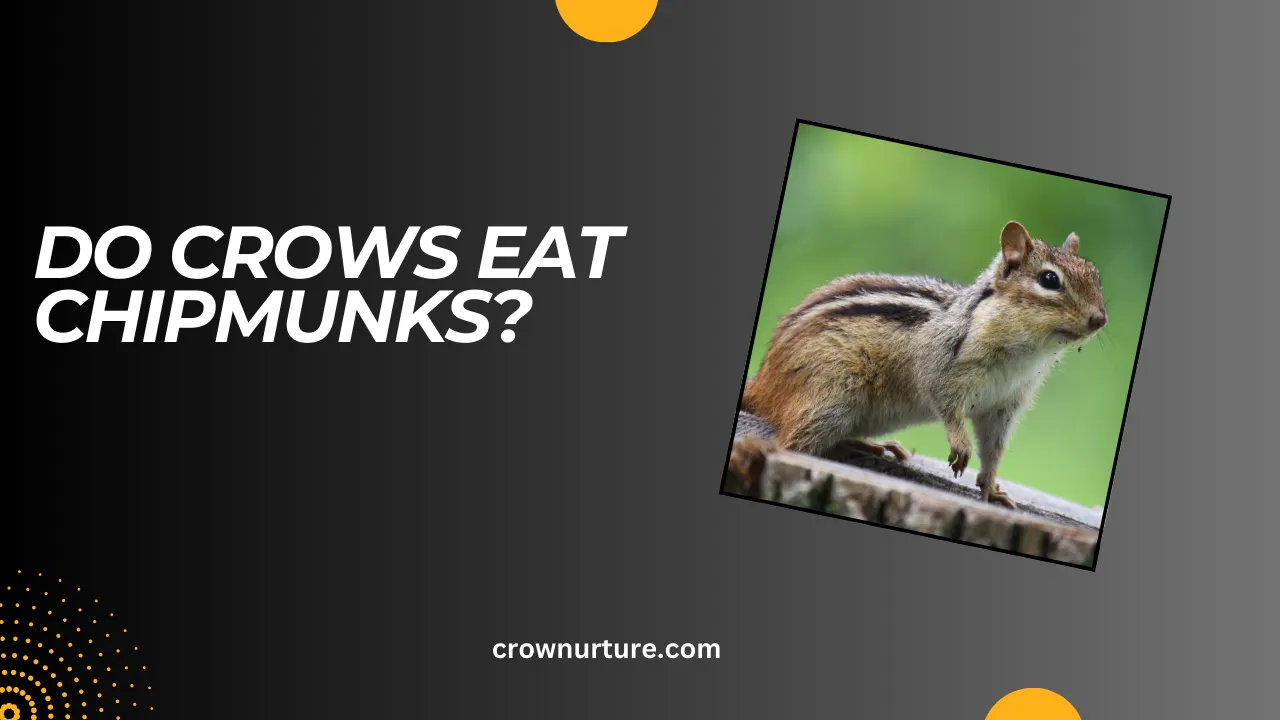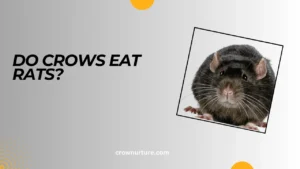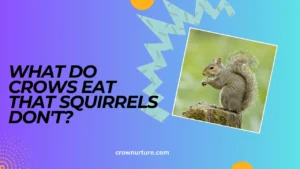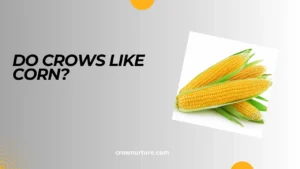Crows are among nature’s most fascinating birds, known for their intelligence and resourcefulness. Chipmunks, on the other hand, are the small, scurrying mammals that delight us with their energy and antics.
But what happens when these two cross paths? Is the clever crow a threat to the tiny chipmunk, or do their lives rarely overlap? The question of whether crows eat chipmunks reveals much about their roles in the natural world.
While crows are opportunistic feeders capable of eating small mammals, chipmunks are adept at avoiding predation through speed and agility. Understanding this relationship offers insight into predator-prey dynamics and the ecological balance in shared habitats.
This blog dives into the crow’s omnivorous diet, the defense mechanisms of chipmunks, and the broader ecological interactions that define their coexistence.
By the end, you’ll understand why crows rarely prey on chipmunks and how these two species contribute to the balance of their ecosystems.
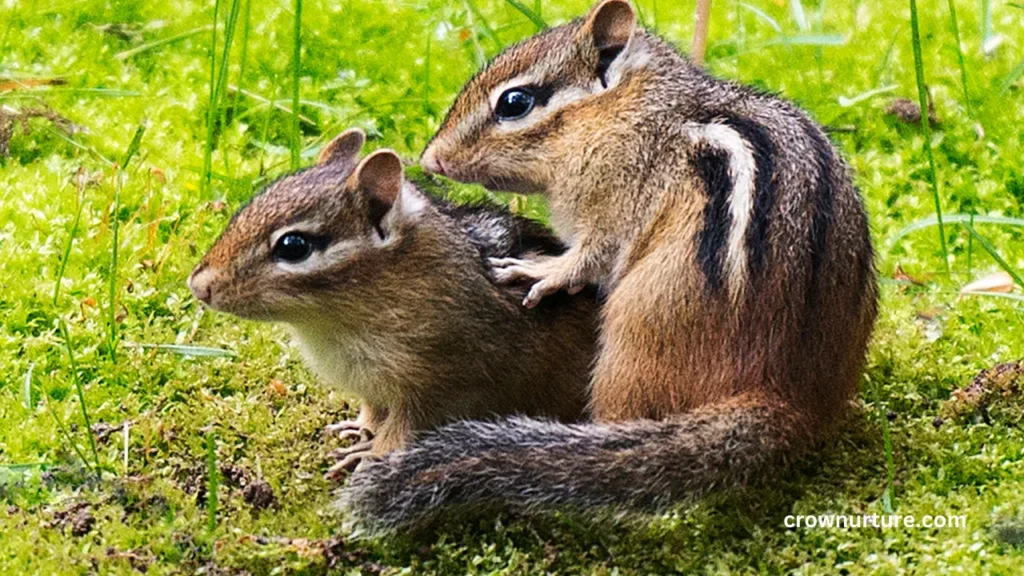
Contents
1. Crow Diet: Opportunistic Feeders
Crows are highly adaptable and omnivorous, consuming everything from insects and seeds to small animals and carrion. Their diet shifts with availability, making them versatile survivors in urban, rural, and forested areas.
Though crows are capable hunters, they rarely target mammals like chipmunks. Instead, they prefer smaller, less elusive prey, such as insects, invertebrates, or bird eggs. Scavenging is also a significant part of their diet, as they often exploit roadkill or discarded food.
Their opportunistic feeding habits mean they will take advantage of easy meals when available. However, capturing a swift, agile chipmunk requires more effort than scavenging or feeding on other, less mobile prey.
2. Chipmunk Defense Mechanisms
Chipmunks are masters of escape, relying on speed and agility to evade predators like crows. Their small size and quick movements make them difficult targets for any bird attempting to hunt them.
One of their primary defenses is their burrowing behavior. Chipmunks spend much of their time in underground tunnels, which provide safety from aerial predators. These burrows also offer escape routes in case of an attack.
Their constant alertness is another crucial survival tool. Chipmunks use sharp eyesight and acute hearing to detect threats, often darting away at the first sign of danger. This vigilance greatly reduces their chances of becoming a crow’s meal.
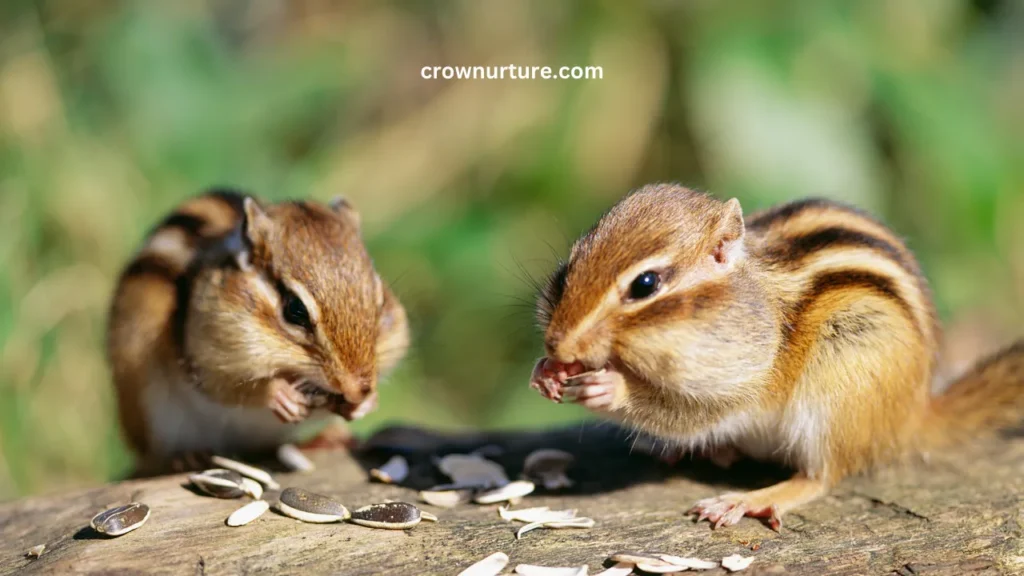
3. Other Predators of Chipmunks
Crows are not the most significant threat to chipmunks. Instead, they face greater danger from natural predators like hawks, owls, snakes, foxes, and weasels, all of which are more adept at capturing small mammals.
In addition to predators, chipmunks also face competition from other rodents, such as squirrels, for resources like food and shelter. These interactions can influence chipmunk behavior and habitat choices.
The greater threat from specialized predators means that crows rarely have the opportunity or motivation to prey on chipmunks, especially when other food sources are more accessible.
4. Ecological Balance
Both crows and chipmunks play essential roles in their ecosystems. Crows are scavengers, helping to clean up carrion and waste, while also contributing to seed dispersal, which aids in plant growth.
Chipmunks, on the other hand, are vital for soil aeration and seed dispersal as they forage and store food. Their digging behavior helps mix soil layers, promoting healthy ecosystems.
The interaction between these two species, whether as predator and prey or simply as co-inhabitants, reflects the delicate balance of ecosystems. Both contribute to the health and diversity of their environments, often in complementary ways.
5. Impact of Human Activities
Human activities, such as urbanization and deforestation, affect both crow and chipmunk populations. Habitat loss forces these animals into closer proximity, potentially altering their interactions.
The introduction of invasive species like domestic cats has also disrupted the natural predator-prey dynamics, posing threats to chipmunks and reducing their populations in some areas.
Efforts to conserve natural habitats are crucial for maintaining the balance between species like crows and chipmunks, ensuring their ecological roles are preserved.
Conclusion
While crows are opportunistic feeders, chipmunks are not a primary food source for them. The agility, speed, and burrowing habits of chipmunks make them challenging prey, and crows often prefer less elusive food options.
Both species contribute significantly to their ecosystems—crows as scavengers and seed dispersers, and chipmunks as soil aerators and foragers. Their interactions, whether as predator and prey or as co-inhabitants, highlight the importance of maintaining ecological balance.
By protecting habitats and reducing human interference, we can ensure the continued coexistence of these remarkable creatures. Appreciating their roles in nature reminds us of the delicate web of life and our responsibility to conserve it.
FAQs
1. Do crows eat chipmunks?
While crows are capable of eating chipmunks, they rarely do so. Chipmunks are not a primary food source for crows.
2. Why don’t crows hunt chipmunks often?
Chipmunks are fast, agile, and spend much of their time in burrows, making them difficult prey for crows.
3. What do crows usually eat?
Crows have a diverse diet, including insects, fruits, seeds, carrion, bird eggs, and occasionally small animals.
4. What predators are most dangerous to chipmunks?
Hawks, owls, snakes, foxes, and weasels are the primary predators of chipmunks.
5. Do crows and chipmunks compete for food?
Crows and chipmunks have different diets, so they rarely compete for the same food resources.
6. How do chipmunks protect themselves from predators?
Chipmunks rely on speed, agility, burrows, and alertness to evade predators.
